The fastest way to learn how to hit 60 in darts consistently is to master the treble 20. This article dives deep into techniques, strategies, and practice drills that will help you improve your aim and precision, allowing you to consistently score 60 and elevate your dart game.
⚠️ Still Using Pen & Paper (or a Chalkboard)?! ⚠️
Step into the future! The Dart Counter App handles all the scoring, suggests checkouts, and tracks your stats automatically. It's easier than you think!
Try the Smart Dart Counter App FREE!Ready for an upgrade? Click above!
Understanding the Basics of Scoring 60 in Darts
The number 60 in darts represents a single treble 20 (T20). It’s a crucial target for building high scores and setting up efficient checkouts. Mastering the T20 is essential for any serious darts player, and knowing how to hit 60 in darts repeatedly forms the backbone of consistent performance.
The Importance of the Treble 20
Why is the treble 20 so important? Consider these factors:
- High Score Potential: Hitting a T20 scores the maximum possible from a single dart.
- Checkout Opportunities: The T20 sets up common and efficient checkouts (e.g., T20, T20, D20 for 120).
- Pressure Performance: A reliable T20 increases confidence under pressure.
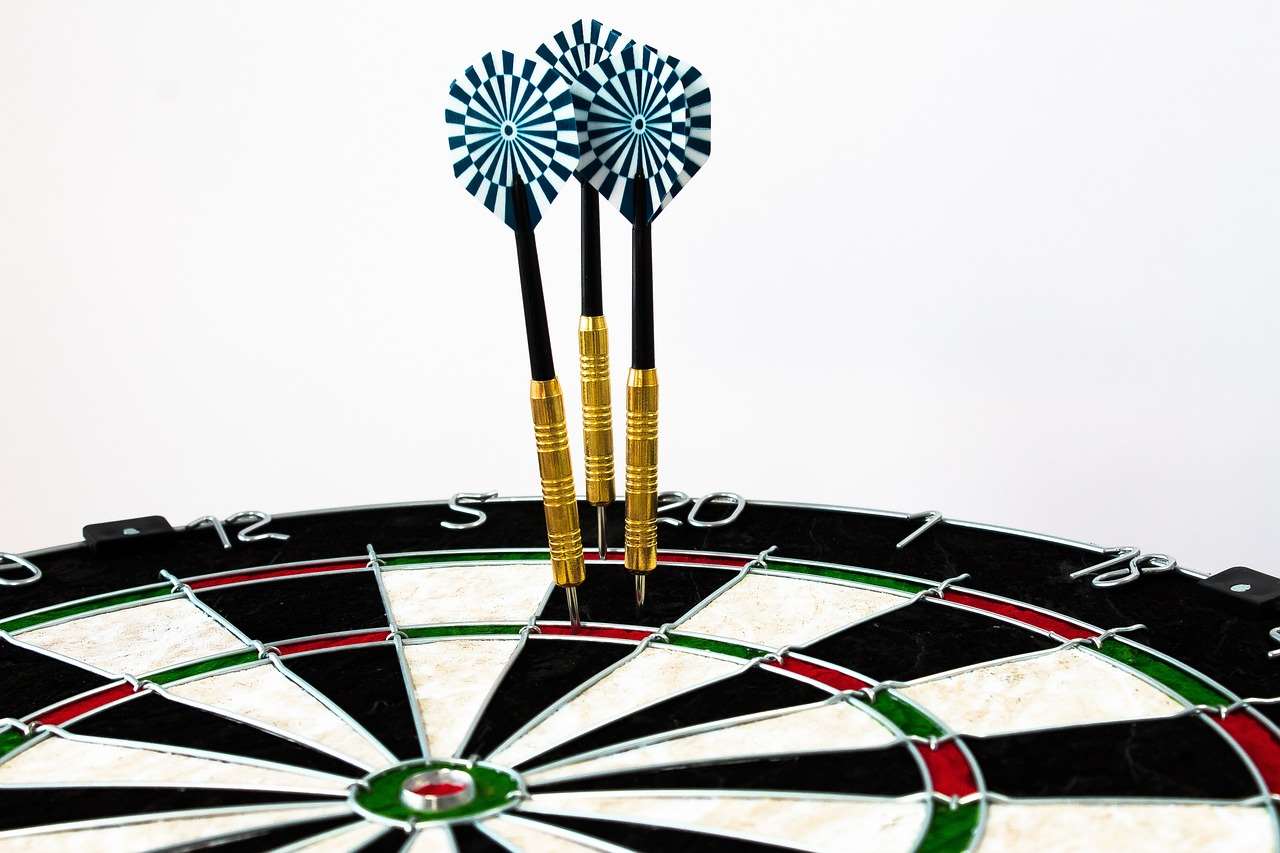
Stance and Grip for Treble 20 Accuracy
Your stance and grip are the foundations of a good throw. Slight adjustments can make a significant difference in your accuracy when aiming for that vital how to hit 60 in darts moment. Let’s explore these crucial aspects:
Finding Your Ideal Stance
Experiment with different stances to find what works best for you. Some popular stances include:
- Straight Stance: Facing the board directly.
- Angled Stance: Positioning one foot slightly forward and angled towards the board.
- Side Stance: Standing perpendicular to the board with your throwing arm shoulder facing the target.
Regardless of the stance, maintain balance and avoid swaying during your throw. A stable base is essential for consistency.
Mastering the Grip
The grip should be firm enough to control the dart but not so tight that it causes tension. Here are some common grip styles:
- Two-Finger Grip: Holding the dart between your thumb and index finger.
- Three-Finger Grip: Using your thumb, index finger, and middle finger for control.
- Four-Finger Grip: Incorporating your ring finger for added stability.
Experiment with different grip pressures and finger placements to find the most comfortable and accurate grip for you. The dart shaft with spring can also influence your grip and throwing consistency.
Throwing Technique: The Key to Consistent 60s
A smooth and consistent throwing motion is critical for how to hit 60 in darts. Focus on these key elements:
The Pullback
Bring the dart back smoothly and consistently. Your elbow should remain relatively stable throughout the pullback. Visualize your target (the T20) during this phase.
The Forward Throw
As you throw, extend your arm towards the target, releasing the dart at the optimal point. A smooth, fluid motion is key. Avoid jerky movements, which can compromise accuracy. The release point is the most critical aspect of how to hit 60 in darts consistently.
The Follow-Through
Complete your throw by fully extending your arm and following through towards the target. A good follow-through indicates a smooth and controlled release. Don’t cut the throw short; let your arm naturally extend.
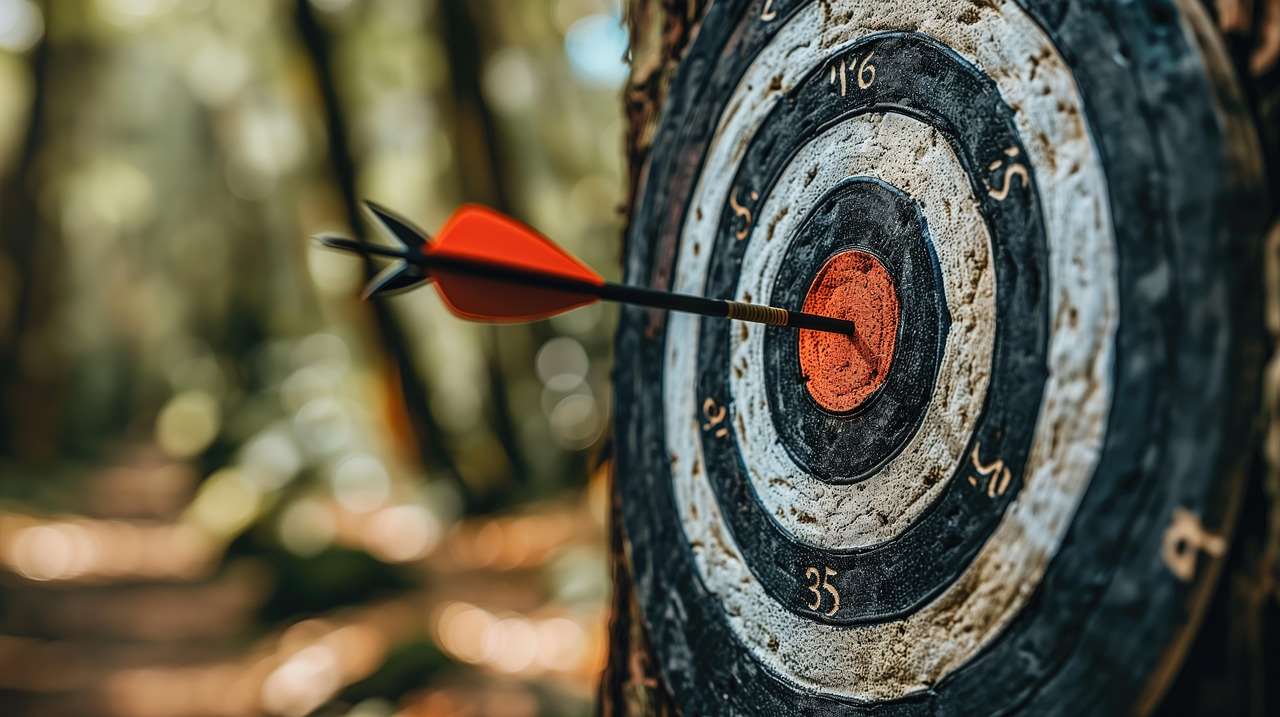
Aiming Strategies for the Treble 20
Even with a perfect stance and throwing technique, aiming is crucial. Here’s how to refine your aim for the T20:
Visualizing the Target
Before each throw, take a moment to clearly visualize the treble 20. Focus on a specific point within the segment, such as the center or a particular edge. This mental preparation can significantly improve your accuracy.
Using Reference Points
Some players find it helpful to use reference points on the dartboard to aid their aim. For example, you might align your dart with a specific number on the board below the T20. Experiment to find what works best for you. You might even want to look into getting a dartcounter target to help you track your accuracy and consistency.
Adjusting for Dart Trajectory
Consider the trajectory of your dart. Some players throw with a slight arc, while others prefer a straighter trajectory. Adjust your aim accordingly to compensate for the natural curve of your dart’s flight.
Practice Drills to Improve Your 60s
Consistent practice is essential for mastering how to hit 60 in darts. Here are some effective practice drills:
The “Around the Clock” Drill
Start at the number 1 and work your way around the board, hitting each number in sequence. This drill improves your overall accuracy and consistency.
The “Treble 20 Focus” Drill
Dedicate a practice session solely to hitting the treble 20. Throw multiple sets of darts, focusing on your technique and aim with each throw. Track your scores to monitor your progress.
The “Checkout Practice” Drill
Practice setting up and hitting common checkouts that involve the treble 20, such as 120 (T20, T20, D20) or 100 (T20, D20, D10). This drill combines your T20 accuracy with strategic thinking. Download a darts scorer for pc free download to help you track your progress during these practice sessions.
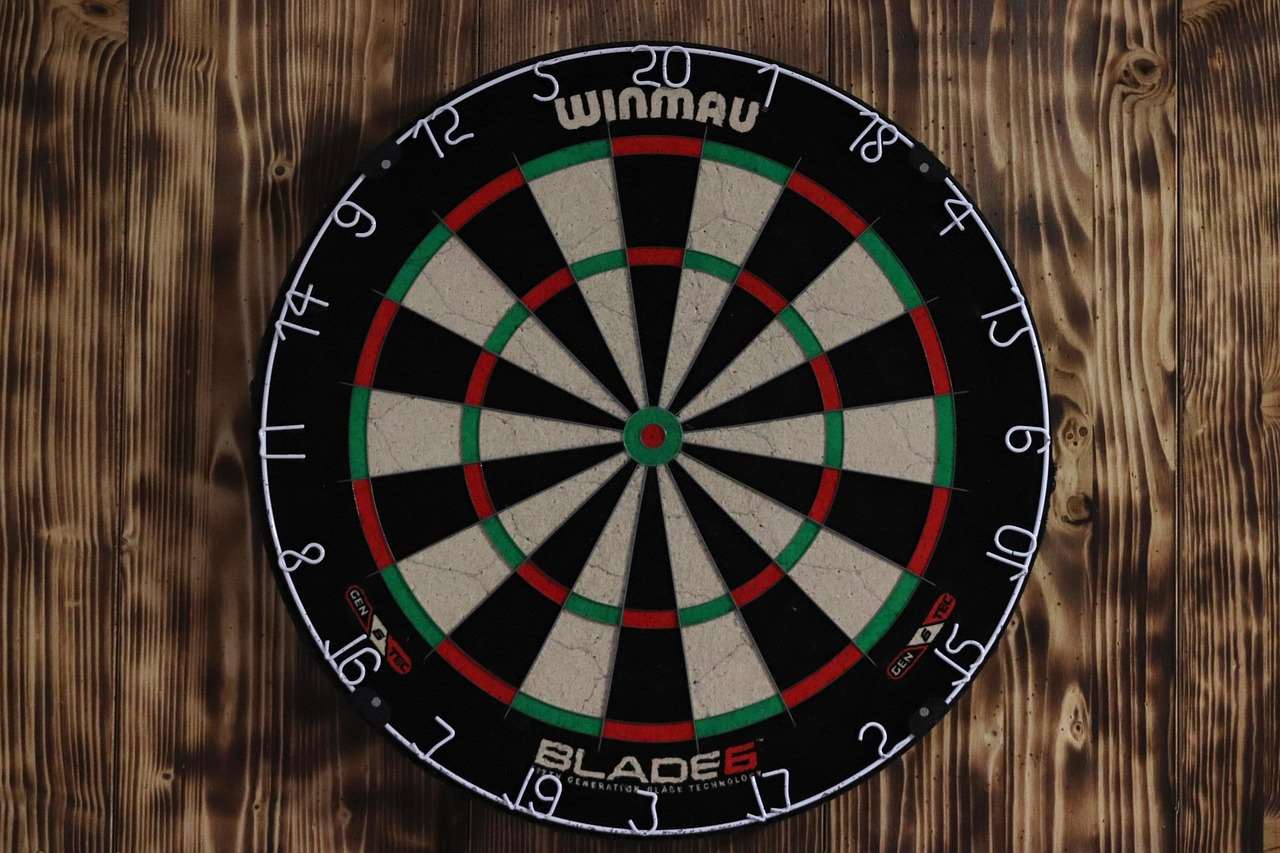
Mental Game and Focus
Darts is not just a physical game; it’s also a mental one. Maintaining focus and managing pressure are crucial for consistent performance.
Staying Calm Under Pressure
Develop strategies for staying calm and focused during competitive games. Deep breathing exercises, positive self-talk, and visualization techniques can help you manage nerves and maintain your accuracy. Remember to breathe. In practice you can use the Practice darts app with scoring app to help with your nerves and focus on getting the right score.
Dealing with Misses
Everyone misses occasionally. Don’t dwell on missed throws. Acknowledge the mistake, adjust your approach if necessary, and focus on the next throw. Maintaining a positive attitude is key to overcoming setbacks.
Pre-Throw Routine
Establish a consistent pre-throw routine to help you focus and prepare for each throw. This routine might include specific breathing exercises, visualization techniques, or physical adjustments. Consistency in your routine can lead to consistency in your performance.
Equipment and Dart Customization
The right equipment can also contribute to your success. Experiment with different dart weights, shapes, and shaft lengths to find what suits your throwing style best.
Dart Weight and Balance
Experiment with different dart weights to find what feels most comfortable and controllable. Heavier darts tend to be more stable in flight, while lighter darts can be easier to throw. The balance point of the dart can also affect its flight characteristics. Consider investing in a target darts xl case to keep all your equipment organized.
Shaft and Flight Combinations
The length and shape of your shafts and flights can affect the dart’s trajectory and stability. Shorter shafts tend to create a straighter trajectory, while longer shafts can provide more stability. Experiment with different combinations to find what works best for you.
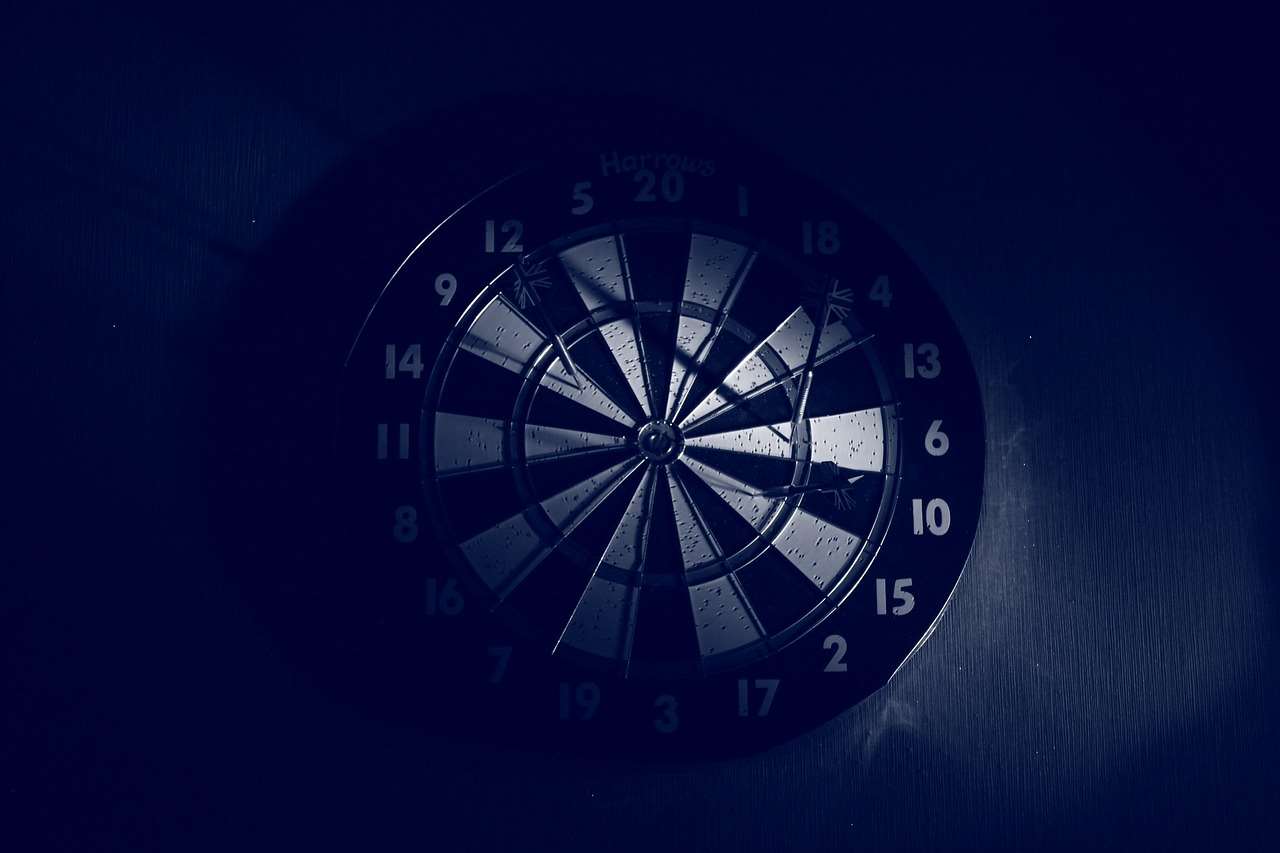
Advanced Techniques for Maximizing Your Score
Once you’ve mastered the basics, you can explore advanced techniques to further improve your scoring potential.
Grouping Darts
Grouping your darts tightly around the treble 20 increases your chances of scoring consistently. Practice throwing multiple darts at the same target, focusing on grouping them as closely as possible.
Switching Targets
If you’re struggling to hit the treble 20 consistently, consider switching to another high-scoring target, such as the treble 19. This can help you maintain momentum and avoid frustration. Also make sure you know dartbord ophangen zonder boren so you don’t damage your wall.
Using the Board Strategically
Consider the overall board layout when planning your throws. For example, if you’re aiming for a specific checkout, think about the best way to set up your next throw based on your current score and the remaining numbers on the board. Knowing which darts checkout card combinations to go for can save vital points.
Troubleshooting Common Issues
Even experienced players encounter occasional problems. Here’s how to troubleshoot some common issues:
Inconsistent Release
If you’re experiencing inconsistent releases, focus on maintaining a smooth and controlled throwing motion. Pay attention to your grip, pullback, and follow-through.
Dart Wobble
Dart wobble can be caused by a variety of factors, including grip tension, release point, and equipment issues. Experiment with different adjustments to identify and correct the problem.
Target Panic
Target panic is a common problem that can cause you to rush your throws and lose accuracy. If you’re experiencing target panic, try slowing down your pre-throw routine and focusing on your breathing.
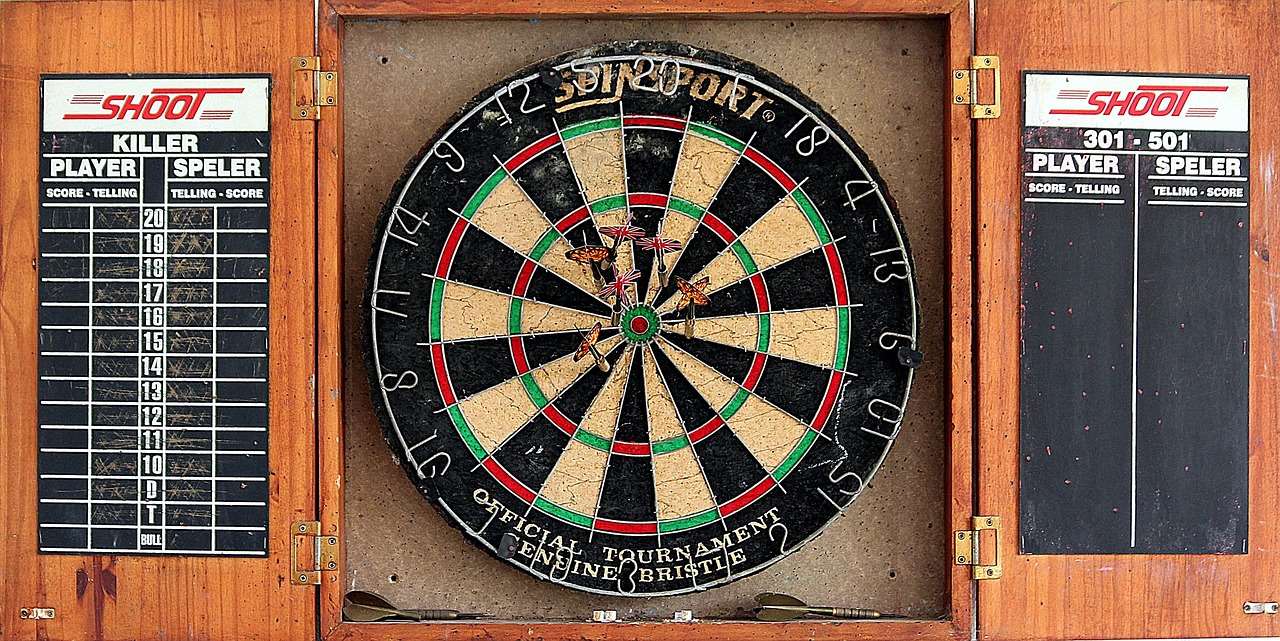
Joining a Darts League
Joining a darts league is a great way to improve your skills, meet new people, and compete in a supportive environment. A darts point bulls league can provide regular competition and feedback that will help you hone your skills and learn from other players.
Benefits of League Play
- Regular Competition: League play provides regular opportunities to test your skills and compete against other players.
- Feedback and Support: You’ll receive valuable feedback from other players and have the opportunity to learn from their experiences.
- Social Interaction: Darts leagues are a great way to meet new people and socialize with fellow enthusiasts.
Conclusion
Mastering how to hit 60 in darts requires dedication, practice, and a strategic approach. By focusing on your stance, grip, throwing technique, aiming strategies, and mental game, you can significantly improve your accuracy and consistency. Remember to practice regularly, troubleshoot any issues you encounter, and join a darts league for regular competition and support. Start practicing those treble 20s today and watch your scores soar! Now, go out there and practice hitting that T20 – you’ve got this!
Hi, I’m Dieter, and I created Dartcounter (Dartcounterapp.com). My motivation wasn’t being a darts expert – quite the opposite! When I first started playing, I loved the game but found keeping accurate scores and tracking stats difficult and distracting.
I figured I couldn’t be the only one struggling with this. So, I decided to build a solution: an easy-to-use application that everyone, no matter their experience level, could use to manage scoring effortlessly.
My goal for Dartcounter was simple: let the app handle the numbers – the scoring, the averages, the stats, even checkout suggestions – so players could focus purely on their throw and enjoying the game. It began as a way to solve my own beginner’s problem, and I’m thrilled it has grown into a helpful tool for the wider darts community.